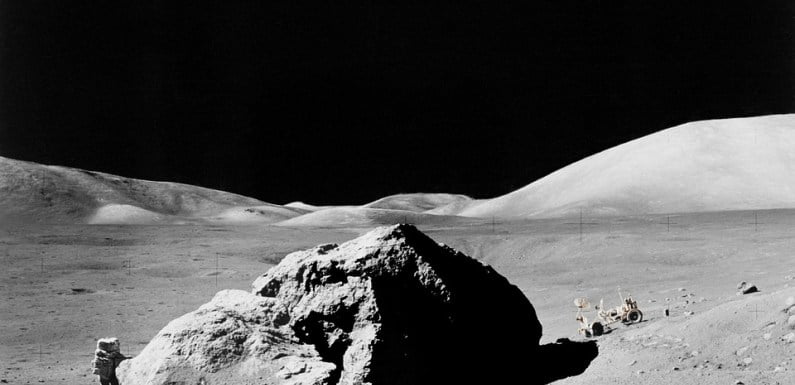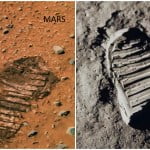
Once again scientists revealed one rather unique and mysterious discovery. According to a recent study published in Science Advances, liquid water once existed on the moon’s surface and it still does, however, it is now underneath it.
To achieve such a discovery, scientists didn’t need to go to the moon. Instead, they used a lunar meteorite found in Africa 13 years ago.
This particular lunar meteorite includes a mineral – moganite, which is only able to form in presence of water. Thus, this most likely proves there is liquid water beneath the moon’s surface.
The discovery was delivered by a group of Japanese scientists led by Masahiro Kayama. He is part of the Department of Earth and Planetary Materials Science at Tohoku University.
“For the first time, we can prove that there is water ice in the lunar material,” said Kayama for Space.com.
“In a moganite, there is less water, because of moganite forms from the evaporation of water. That’s the case on the surface of the moon. But in the subsurface, much water remains as ice, because it’s protected from the sunlight.”
It’s important to also mention that the lunar meteorite called NWA2727 is the only one of its kind which contained moganite.
Moreover, when it comes to liquid water on the moon, astronomers believe that asteroids and comets may have carried it through many of the collisions.
Experts are nearly sure that during this period, liquid water was present on the lunar surface. However, it got caught after being absorbed into the surface where it cooled down.
Scientists claim that moganite doesn’t have earthly origins. It is also a noteworthy fact that it was found in an African desert which lacks water.
Now, experts need to conduct further studies in order to acknowledge how much water there is actually beneath the lunar surface.
Lunar geologist Noah Petro says that lunar rocks the Apollo missions collected should become a subject to analysis with new techniques. He believes scientists should look for moganite within their structure.
Petro further believes that this new discovery only proves how little knowledge scientists have about the moon’s surface.
“Many people think that remote-sensing spacecraft only found the evidence of water around the poles simply because we can’t see under the surface below a few millimeters. This is the first insight into the water in the subsurface zone,” said Kayama.









